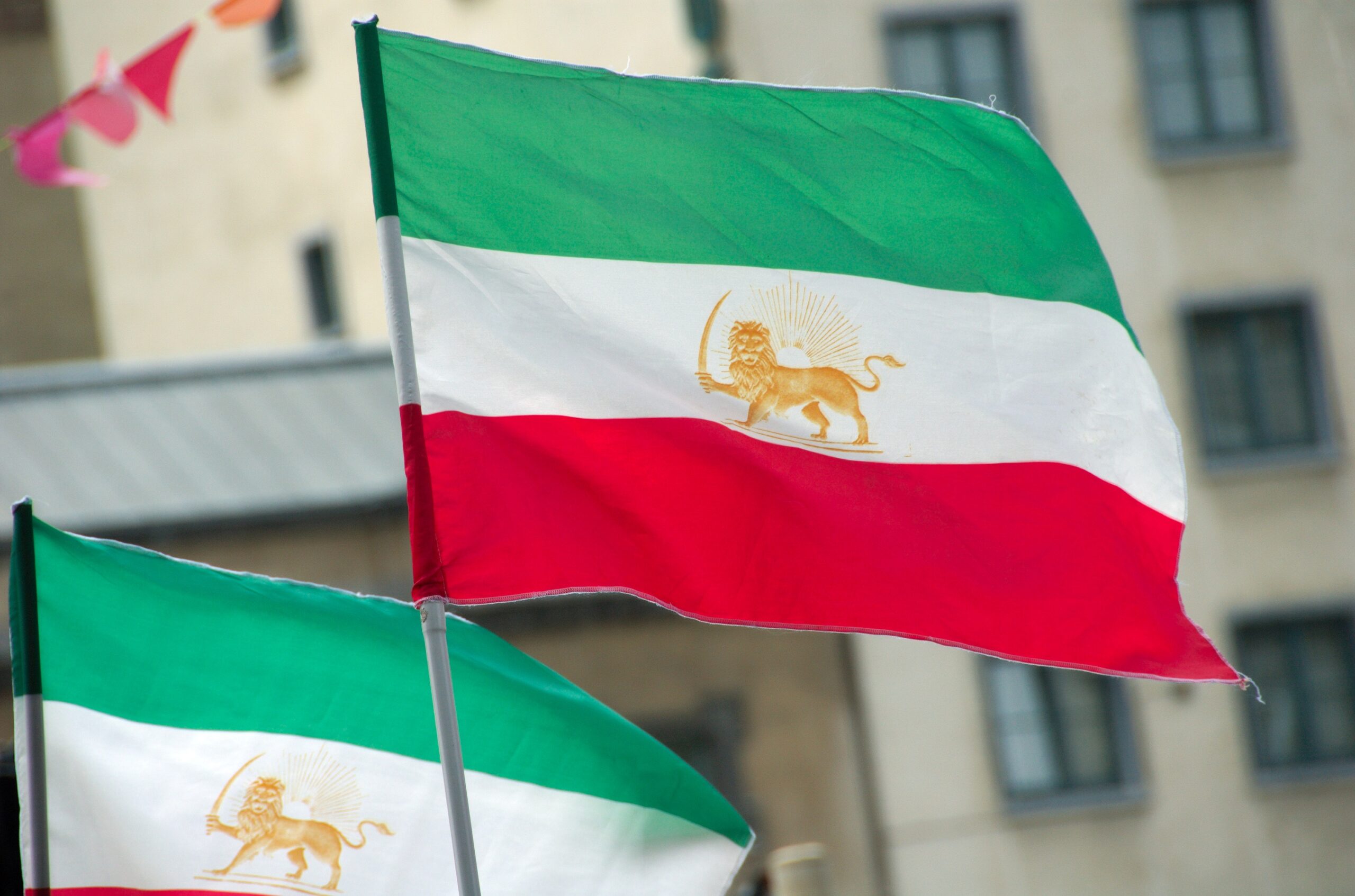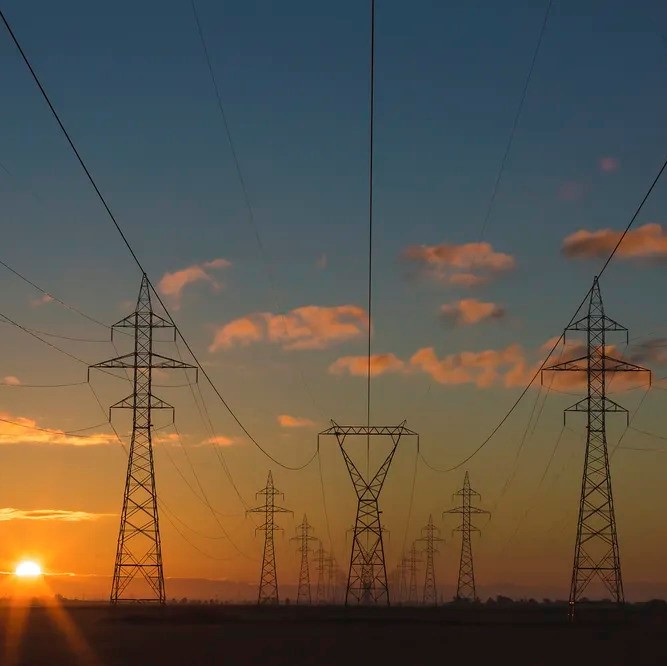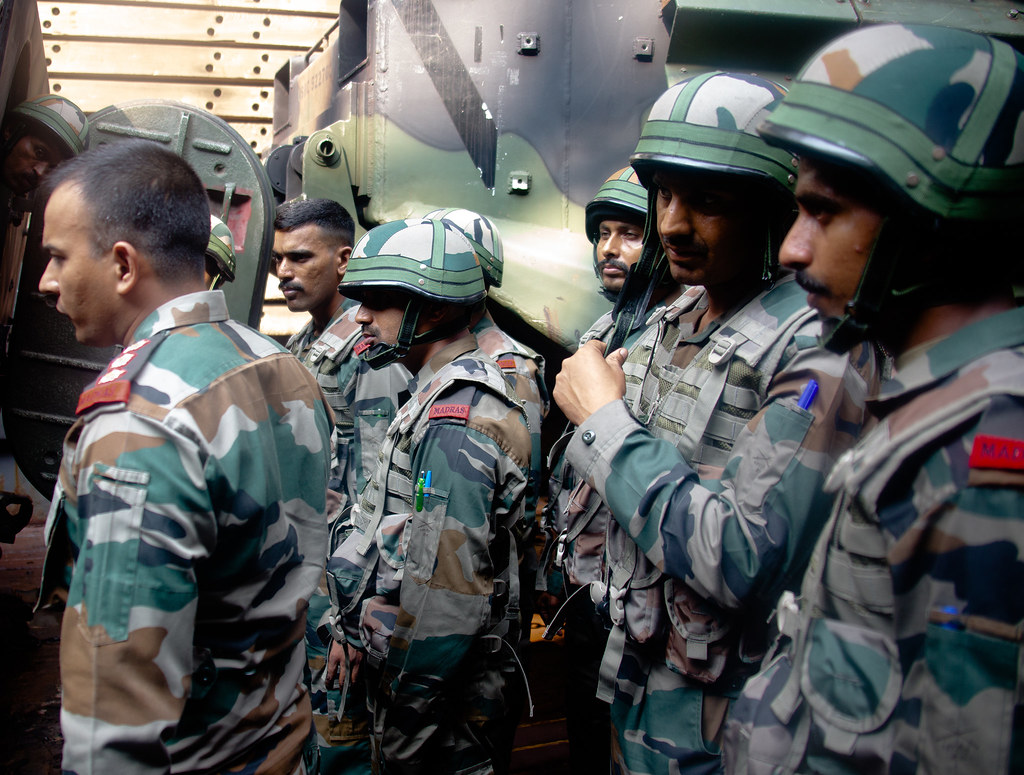A normal day at Iran’s busiest port turned into a nightmare this Saturday when a massive explosion tore through the Shahid Rajaee Port near Bandar Abbas. The deadly blast, which killed at least 25 people and injured over 800, has shaken the nation and sent ripples of concern across global trade and security communities.
Fires raged into Sunday as emergency crews battled to contain the disaster. Beyond the immediate human tragedy, this incident carries deep implications for Iran’s economy, maritime operations, and strategic standing.
Shahid Rajaee Port: More Than Just a Trade Hub
The Shahid Rajaee Port is not just any shipping facility — it is Iran’s commercial lifeline.
Located strategically along the northern shore of the Strait of Hormuz — a chokepoint through which 20% of the world’s oil flows — the port handles approximately 50% of Iran’s trade and nearly 90% of its container traffic. Spanning 2,400 acres, it’s packed with warehouses, storage tanks, and loading facilities.
This vital port is part of Bandar Abbas’s wider metropolitan area, home to over 650,000 people. It’s also a sensitive military zone, housing the main base of the Iranian Navy.
Key SEO Focus: Shahid Rajaee Port explosion, Iran port blast, Bandar Abbas port news, Strait of Hormuz explosion
The port’s importance can’t be overstated. In recent years, Tehran had invested heavily in upgrading the Shahid Rajaee facilities, building grain silos, new oil tanks (80,000 cubic meters capacity signed just last month), and expanding container handling capacity to boost its regional influence.
This disaster threatens not just infrastructure — it’s a major blow to Iran’s economic resilience.
What Happened: Explosion Details
The devastating blast occurred just before noon on Saturday, reportedly at a hazardous materials depot within the port complex.
According to early local media reports:
- Chemical and hazardous materials might have ignited first.
- The explosion triggered secondary blasts across nearby containers.
- Fires continued blazing into Sunday, blanketing parts of Bandar Abbas with toxic smoke.
Authorities have urged local residents to stay indoors and wear face masks due to airborne toxic gases. Hospitals across the region have been overwhelmed with casualties, and emergency services remain stretched thin.
While the National Iranian Oil Products Distribution Company was quick to clarify that the blast was unrelated to oil facilities, the damage to container terminals and storage areas is extensive.
The exact cause remains unknown, but authorities have launched a full investigation.
A Port with a Troubled History
This is not the first time Shahid Rajaee Port has made headlines for the wrong reasons.
In March 2024, a fire broke out at the nearby Aftab Oil Refinery, killing one worker and injuring two. The refinery fire was thought to be an accident during maintenance — a reminder of the dangers associated with industrial operations in the region.
More significantly, in May 2020, Shahid Rajaee Port suffered a major cyberattack that temporarily crippled its logistics systems. Reports, notably from The Washington Post, alleged that Israeli cyber operatives were behind that attack — a response to Iranian hacking attempts on Israeli water infrastructure.
SEO Tip: Using related keywords like Iran port cyberattack, Bandar Abbas security, Shahid Rajaee past incidents strengthens ranking.
Such past incidents highlight the vulnerability of this critical asset, whether through accidents, cyberwarfare, or worse — sabotage.
Economic and Strategic Fallout
The immediate consequences of the explosion are tragic. But the medium and long-term effects could be even more far-reaching:
- Disruption to Iran’s trade: Already battered by international sanctions, Iran depends heavily on Shahid Rajaee for imports of food, medicine, and consumer goods.
- Shipping delays: With fires damaging storage facilities, customs operations, and container yards, delays and rerouting are inevitable. This could increase prices of imported goods inside Iran.
- Global oil market jitters: While Iranian oil exports have been curtailed due to sanctions, any instability near the Strait of Hormuz tends to spook global oil markets.
- Security concerns: Given Bandar Abbas’s proximity to vital naval installations, regional powers — especially the US Navy’s Fifth Fleet in Bahrain — will be monitoring the situation closely.
Fact: The Strait of Hormuz remains one of the world’s most sensitive maritime bottlenecks. Any perceived threat here could send oil prices soaring overnight.
Unanswered Questions and Theories
In the absence of confirmed details, theories are swirling:
- Accident: Mishandling of chemical storage is plausible, especially in older facilities with limited safety oversight.
- Sabotage: Given the region’s history of cyberattacks and covert operations, sabotage cannot be ruled out. Iran’s adversaries — or even internal dissident groups — might see ports like Shahid Rajaee as high-value targets.
- Negligence: Years of sanctions have hampered Iran’s ability to import modern safety equipment. Ageing infrastructure might have simply failed under the weight of hazardous cargo.
Official investigations are underway, but public confidence remains low.
Human Cost: Families Torn Apart
Beyond strategy and geopolitics lies the deep human tragedy.
In an already difficult economic environment, families across Bandar Abbas are mourning. Stories of lost loved ones — fathers, sons, workers, firefighters — have flooded Iranian social media, despite censorship efforts.
Hospitals are filled beyond capacity, while some survivors have described the moment of the blast as “like an earthquake.”
“We were working near the customs warehouse when everything shook violently,” said Ali, a port worker, to a local news outlet. “There was fire everywhere. People were screaming and running. It was like Judgment Day.“
SEO human element tip: Emotional storytelling engages readers and increases time-on-page, boosting SEO ranking.
The Road Ahead
Rebuilding Shahid Rajaee Port will take months, if not years.
Immediate priorities include:
- Clearing damaged containers
- Assessing structural integrity
- Decontaminating areas exposed to toxic chemicals
- Strengthening fire safety measures
- Restoring essential shipping functions
Iranian authorities have vowed to rebuild quickly, but the cost — financially and emotionally — will be staggering.
Internationally, ports, especially those handling hazardous materials, will also revisit their safety protocols after seeing the devastation in Bandar Abbas.
Potential silver lining: A renewed focus on port security and safety standards could prevent similar disasters elsewhere.




